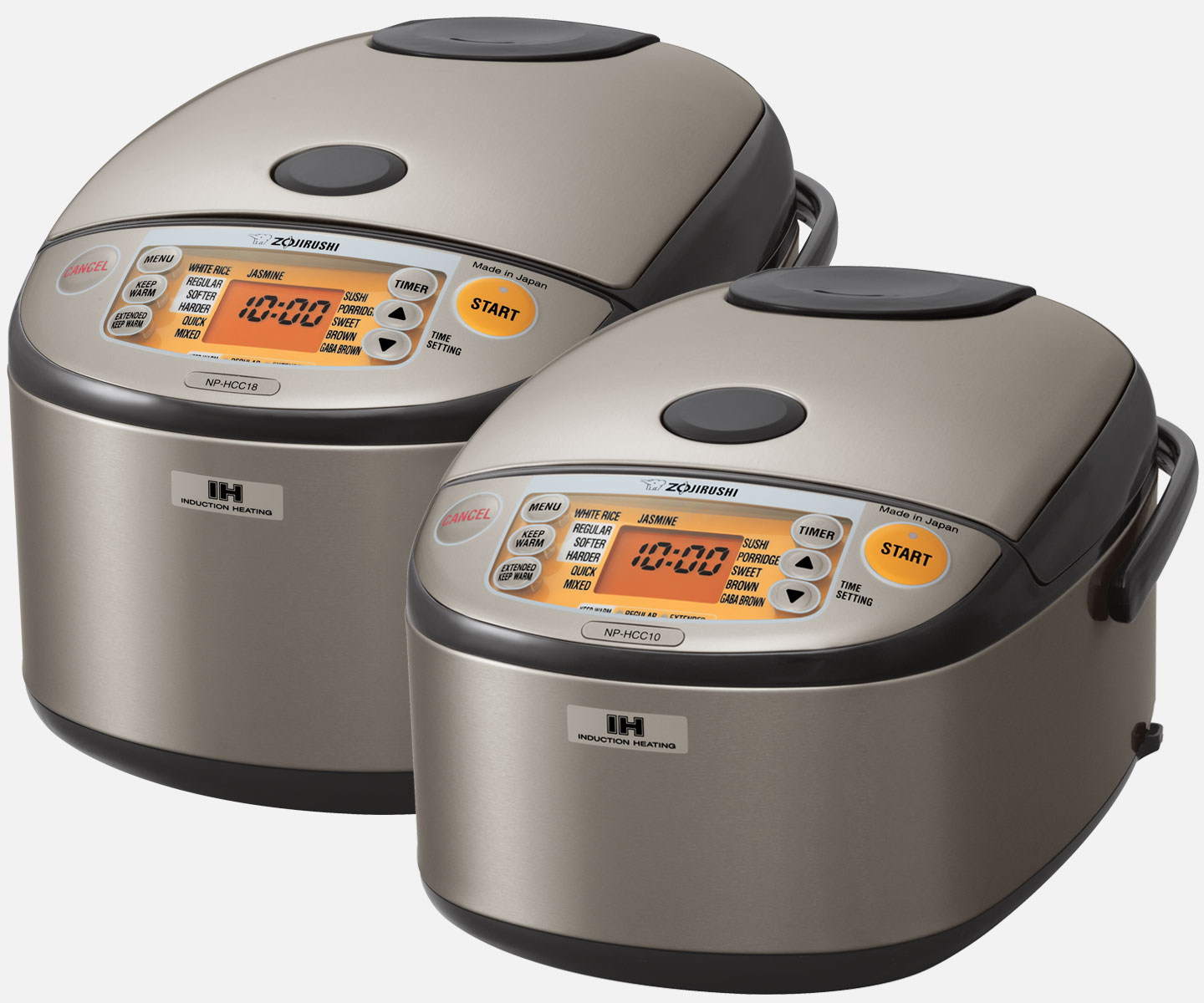

Articles
What Is Induction Heating Rice Cooker
Modified: April 25, 2024
Discover the benefits and features of induction heating rice cookers in this informative article. Learn how this advanced technology cooks rice evenly and efficiently.
(Many of the links in this article redirect to a specific reviewed product. Your purchase of these products through affiliate links helps to generate commission for Storables.com, at no extra cost. Learn more)
Introduction
An induction heating rice cooker is a modern kitchen appliance designed to simplify the process of cooking rice. It utilizes innovative technology to ensure precise and efficient cooking, resulting in perfectly cooked rice every time. Unlike conventional rice cookers that rely on thermal conduction, an induction heating rice cooker utilizes electromagnetic fields to generate heat directly within the cooking pot. This allows for faster heating, improved temperature control, and even distribution of heat throughout the rice, resulting in evenly cooked grains with optimal texture.
Induction heating technology has revolutionized the way we cook rice, providing numerous benefits over traditional methods. With its precise temperature control and efficient energy utilization, induction heating rice cookers have become a popular choice for both professional chefs and home cooks.
In this article, we will delve into the workings of induction heating rice cookers, explore the benefits they offer, compare them to conventional rice cookers, discuss important features to consider when choosing one, provide tips for using them effectively, and cover cleaning and maintenance guidelines. Whether you are a rice lover looking to upgrade your rice cooking experience or a curious kitchen enthusiast, this article will equip you with the knowledge needed to make an informed decision about incorporating an induction heating rice cooker into your kitchen routine.
Key Takeaways:
- Induction heating rice cookers offer precise temperature control, faster cooking times, and consistent results, making them a valuable addition to any kitchen for hassle-free rice cooking.
- When choosing an induction heating rice cooker, consider factors such as cooking capacity, cooking modes, keep-warm function, easy-to-use controls, and brand reputation to ensure a convenient and reliable cooking experience.
How Induction Heating Rice Cookers Work
Induction heating rice cookers work by utilizing electromagnetic fields to generate heat directly within the cooking pot. The main component responsible for this process is the induction heating element located at the bottom of the cooker. When the rice cooker is turned on, an electric current is passed through the coil inside the heating element, creating an alternating magnetic field.
When a compatible magnetic material, such as the pot, is placed on top of the induction heating element, the magnetic field induces electrical currents within the pot. These electrical currents, also known as eddy currents, create resistance and generate heat. As a result, the pot itself becomes the source of heat, ensuring consistent and even cooking of the rice.
Furthermore, induction heating rice cookers are equipped with advanced sensors and microprocessors that monitor and regulate the cooking process. These devices are capable of detecting changes in temperature and adjusting the power output accordingly, ensuring precise control over the cooking process.
In addition to the heating element and sensors, induction heating rice cookers also feature a variety of cooking modes and settings. These modes allow you to choose the desired cooking method, such as regular or quick cooking, and adjust the cooking time and temperature to achieve the desired results.
Overall, the combination of induction heating technology, precise temperature control, and advanced settings makes induction heating rice cookers efficient and reliable appliances for cooking rice to perfection.
Benefits of Using an Induction Heating Rice Cooker
Using an induction heating rice cooker offers several advantages over traditional rice cooking methods. Here are some of the key benefits:
- Precise Temperature Control: One of the major benefits of induction heating rice cookers is their ability to provide precise temperature control. This allows for optimal cooking conditions, ensuring that the rice is evenly cooked and neither overcooked nor undercooked.
- Faster Cooking Time: Induction heating technology allows rice cookers to heat up quickly, significantly reducing the cooking time compared to conventional rice cookers. This is especially beneficial for busy individuals or families looking to save time in the kitchen.
- Consistent Results: The even distribution of heat generated by induction heating ensures consistent cooking results. Each grain of rice absorbs heat evenly, resulting in perfectly cooked rice with a fluffy texture and individual grain separation.
- Energy Efficiency: Induction heating rice cookers are known for their energy efficiency. They utilize electromagnetic fields to directly heat the cooking pot, wasting minimal energy in the process. This not only saves energy but also reduces electricity costs in the long run.
- Versatility: In addition to cooking rice, many induction heating rice cookers come with additional cooking functions, such as steaming, simmering, and making porridge. This versatility allows you to prepare a variety of dishes with just one appliance.
- Smart Features: Induction heating rice cookers often come equipped with smart features, such as delay timers and automatic keep-warm functions. These features allow you to set a specific cooking time in advance or keep the cooked rice warm until you are ready to serve.
- Ease of Use: Induction heating rice cookers are designed to be user-friendly, with clear and intuitive control panels. Many models also feature non-stick inner pots, making them easy to clean and maintain.
Overall, using an induction heating rice cooker offers not only convenience and efficiency but also the assurance of consistently delicious and perfectly cooked rice every time. Whether you are a rice aficionado or a busy individual looking for a hassle-free cooking experience, an induction heating rice cooker is a valuable addition to your kitchen.
Induction Heating vs. Conventional Rice Cookers
When it comes to cooking rice, there are two main types of rice cookers to choose from: induction heating rice cookers and conventional rice cookers. Here is a comparison of the two:
- Heating Method: The primary difference between induction heating rice cookers and conventional rice cookers lies in their heating methods. Induction heating rice cookers use electromagnetic fields to directly heat the cooking pot, while conventional rice cookers rely on thermal conduction to heat the cooking pot.
- Cooking Time: Induction heating rice cookers are renowned for their faster cooking time compared to conventional rice cookers. This is due to the efficient transfer of heat through electromagnetic fields, allowing the rice to cook more quickly and efficiently.
- Temperature Control: Induction heating rice cookers offer precise temperature control, allowing for optimal cooking conditions. On the other hand, conventional rice cookers generally have fewer temperature control options and rely on basic settings such as low, medium, or high.
- Cooking Performance: Induction heating rice cookers excel in maintaining consistent cooking results with evenly cooked rice. The electromagnetic fields ensure that each grain of rice is cooked to perfection. In contrast, conventional rice cookers may result in unevenly cooked rice and require periodic stirring.
- Energy Efficiency: Induction heating rice cookers are known for their energy efficiency as they directly heat the cooking pot, wasting minimal energy. Conventional rice cookers, on the other hand, rely on indirect heat transfer, which may result in energy loss.
- Versatility: Induction heating rice cookers often come with additional cooking functions such as steaming and making porridge, making them more versatile than conventional rice cookers.
- Price: Induction heating rice cookers tend to be more expensive than conventional rice cookers due to their advanced technology and additional features. However, the investment is often worth it for those who cook rice frequently or desire superior cooking results.
When choosing between an induction heating rice cooker and a conventional rice cooker, it is essential to consider your cooking needs, preferences, and budget. If you prioritize faster cooking time, precise temperature control, and consistent results, an induction heating rice cooker may be the ideal choice. However, if you seek a more affordable option or primarily cook rice occasionally, a conventional rice cooker may suffice.
Ultimately, both types of rice cookers have their advantages, and the decision depends on your specific requirements and cooking preferences.
Features to Consider When Choosing an Induction Heating Rice Cooker
When selecting an induction heating rice cooker, several key features should be taken into consideration to ensure you choose the best option for your needs. Here are some important features to look for:
- Cooking Capacity: Consider the size of the rice cooker and its cooking capacity. Induction heating rice cookers come in various sizes, ranging from small units designed for individuals or small households to larger models suitable for larger families. Choose a capacity that matches your typical rice consumption.
- Cooking Modes and Settings: Look for a rice cooker that offers a variety of cooking modes and settings. This allows you to cook different types of rice, such as white rice, brown rice, or sushi rice, with the appropriate settings tailored to each type. Additionally, check if the rice cooker has specialized modes for porridge, steaming, or slow cooking if you require those functionalities.
- Keep-Warm Function: A useful feature in induction heating rice cookers is the keep-warm function. This feature automatically switches the rice cooker to a lower temperature to keep the cooked rice warm for an extended period. Look for a rice cooker with a long keep-warm duration to ensure the rice stays warm until you are ready to serve.
- Delay Timer: Some induction heating rice cookers come with a delay timer feature, allowing you to set a specific time for the rice cooker to start cooking. This is especially convenient if you want to have freshly cooked rice ready at a specific time, such as for meal planning or entertaining guests.
- Sensors and Smart Technology: Look for advanced sensors and microprocessors in the rice cooker that can provide accurate temperature control and adjust cooking parameters to ensure perfectly cooked rice every time. Smart features like fuzzy logic technology can automatically adapt cooking settings based on the type and condition of the rice being cooked.
- Non-Stick Inner Pot: Consider a rice cooker with a non-stick inner pot. This makes it easier to clean and prevents rice from sticking to the bottom, ensuring fuss-free cooking and effortless cleanup.
- Easy-to-Use Controls: Check the control panel of the rice cooker to ensure it is user-friendly and intuitive. It should have clear markings and easy-to-understand buttons to navigate through various settings and cooking options.
- Brand Reputation and Customer Reviews: Research the reputation of the brand and read customer reviews to gain insight into the performance and durability of the rice cooker. Look for a brand that is known for producing reliable and high-quality appliances.
- Budget: Finally, consider your budget. Induction heating rice cookers come in a wide range of prices, so it’s essential to determine how much you are willing to spend and find a rice cooker that offers the best value for your money.
Taking these features into account will ensure that you choose an induction heating rice cooker that meets your cooking needs, preferences, and budget. By carefully evaluating these factors, you can confidently select a rice cooker that will provide you with delicious, perfectly cooked rice for years to come.
When using an induction heating rice cooker, make sure to use the appropriate amount of water for the type of rice being cooked. Different types of rice may require different water levels for optimal results.
Tips for Using an Induction Heating Rice Cooker
Using an induction heating rice cooker is a straightforward process, but there are a few tips that can help you achieve the best results. Here are some tips to keep in mind:
- Measure the Rice and Water: Use the provided measuring cup to accurately measure the rice and water. Typically, the ratio is 1:1 for white rice and 1:1.25 for brown rice. Adjust the water quantity based on your preference for softer or firmer rice.
- Rinse the Rice: Before cooking, rinse the rice under cold water to remove excess starch. This prevents the rice from becoming sticky and ensures it cooks evenly.
- Soak the Rice (Optional): Some varieties of rice, such as brown rice or long-grain basmati rice, benefit from soaking before cooking. Soaking helps soften the grains and improves the texture and cooking time. If you choose to soak the rice, follow the specific instructions for your rice variety.
- Use the Correct Cooking Mode: Select the appropriate cooking mode based on the type of rice you are cooking. Induction heating rice cookers often have different settings for white rice, brown rice, sushi rice, and other varieties. Choosing the right mode ensures optimal cooking results.
- Keep the Lid Closed: Once you start cooking, keep the lid closed until the cooking process is complete. Opening the lid can release steam and disrupt the cooking environment, leading to unevenly cooked rice.
- Avoid Disturbing the Rice: Once the rice is cooked, let it sit in the cooker for a few minutes without disturbing it. This resting time allows the rice to settle and finish absorbing any remaining moisture.
- Fluff the Rice Gently: After the resting time, use a rice paddle or fork to gently fluff the rice. This helps separate the grains and ensures a light and fluffy texture.
- Use the Keep-Warm Function: If you are not serving the rice immediately, activate the keep-warm function on the rice cooker. This will maintain the temperature of the rice, keeping it warm and ready to serve for an extended period without overcooking.
- Clean the Rice Cooker Regularly: Follow the manufacturer’s instructions for cleaning and maintenance of your induction heating rice cooker. Clean the inner pot, lid, and other removable parts after each use to prevent any lingering odors or residue.
- Experiment with Recipes: Don’t be afraid to experiment with different rice varieties, seasonings, and ingredients. Induction heating rice cookers can be used to prepare a wide range of dishes like risotto, pilaf, or even desserts like rice pudding.
By following these tips, you can maximize the performance of your induction heating rice cooker and enjoy perfectly cooked rice every time. Don’t be afraid to get creative and try new recipes to expand your culinary horizons!
Cleaning and Maintenance of Induction Heating Rice Cookers
To ensure the longevity and proper functioning of your induction heating rice cooker, regular cleaning and maintenance are essential. Here are some guidelines to follow:
- Unplug and Cool Down: Before cleaning your rice cooker, make sure it is unplugged and has cooled down completely to avoid any risk of burns or electric shock.
- Remove the Inner Pot and Accessories: Take out the inner pot, rice paddle, and any other removable accessories from the rice cooker for cleaning.
- Hand Wash the Accessories: Wash the inner pot, rice paddle, and other removable accessories with warm soapy water. Gently scrub using a soft sponge or cloth to remove any food residue or stains.
- Clean the Exterior: Wipe down the exterior of the rice cooker with a soft, damp cloth to remove any dust or stains. Avoid using abrasive cleaners or scrubbers that may scratch the surface.
- Pay Attention to the Heating Element: Use a soft cloth or brush to clean the heating element located at the bottom of the rice cooker. Be careful not to damage or dislodge the element during cleaning.
- Remove Excess Starch: Over time, starch can accumulate and stick to the heating element or the inner pot. Use a non-abrasive brush or sponge to remove any excess starch buildup.
- Do Not Immerse the Main Unit: Never immerse the main unit of the rice cooker in water or any other liquid. This can damage the electrical components and create a safety hazard.
- Wipe the Lid and Sealing Ring: Clean the lid and sealing ring of the rice cooker with a damp cloth. Make sure to remove any food particles or residue that may be stuck in the crevices.
- Allow for Thorough Drying: After cleaning, ensure that all parts of the rice cooker, including the inner pot and accessories, are completely dry before reassembling or storing. Moisture left behind can lead to mold or electrical damage.
- Follow Manufacturer’s Instructions: Always refer to the manufacturer’s instructions for specific cleaning and maintenance guidelines. They may provide additional recommendations or precautions based on the model and specifications of your rice cooker.
By following these cleaning and maintenance guidelines, you can keep your induction heating rice cooker in excellent condition and ensure that it continues to provide you with delicious, perfectly cooked rice for years to come.
Frequently Asked Questions (FAQs)
Here are some commonly asked questions about induction heating rice cookers:
- Can an induction heating rice cooker cook other types of grains besides rice?
- Are induction heating rice cookers safe to use?
- Can induction heating rice cookers be used with metal utensils?
- What is the difference between induction heating and fuzzy logic technology?
- Do induction heating rice cookers require special electrical requirements?
- How long does it take to cook rice in an induction heating rice cooker?
- Can induction heating rice cookers be used for reheating leftover rice?
- Do induction heating rice cookers come with a warranty?
Yes, induction heating rice cookers can be used to cook other grains like quinoa, barley, or millet. Simply adjust the cooking settings and water ratio according to the specific grain’s cooking instructions.
Yes, induction heating rice cookers are generally considered safe to use. However, it is important to follow the manufacturer’s instructions and safety guidelines to avoid any potential hazards. Always ensure that the cooker is placed on a stable surface and avoid touching the hot surfaces during and after cooking.
It is recommended to use non-metal utensils, such as wooden or silicone ones, to avoid scratching the non-stick coating of the inner pot. Metal utensils can potentially damage the surface and affect the performance of the rice cooker.
Induction heating refers to the heating method used in the rice cooker, where electromagnetic fields directly heat the cooking pot. Fuzzy logic, on the other hand, is a type of smart technology used in some rice cookers to automatically adjust cooking settings based on the type and condition of the rice being cooked.
Induction heating rice cookers typically require a standard electrical outlet of the appropriate voltage. It is important to check the specifications of the rice cooker and ensure that your electrical supply can accommodate it.
The cooking time can vary depending on the type of rice and the specific model of the rice cooker. However, in general, induction heating rice cookers cook rice faster than conventional rice cookers. The cooking time is typically around 20-40 minutes for white rice and longer for brown or other types of rice.
Yes, induction heating rice cookers can be used to reheat leftover rice. Simply add a small amount of water or broth to the rice and select the appropriate cooking mode or use the reheating function, if available.
Most induction heating rice cookers come with a warranty provided by the manufacturer. The length and terms of the warranty may vary, so it is recommended to check the product details or contact the manufacturer for specific information.
If you have any additional questions or concerns about induction heating rice cookers, it is best to refer to the user manual or contact the manufacturer directly for further assistance.
Conclusion
Induction heating rice cookers have revolutionized the way we cook rice, offering precise temperature control, faster cooking times, and consistent results. With their innovative technology and smart features, these appliances have become a popular choice for both home cooks and professional chefs.
In this article, we have explored how induction heating rice cookers work, their benefits compared to conventional rice cookers, important features to consider when choosing one, tips for using them effectively, and guidelines for cleaning and maintenance. We have also addressed common questions that arise when using induction heating rice cookers.
By investing in an induction heating rice cooker, you can experience the convenience of perfectly cooked rice every time with minimal effort. The precise temperature control ensures that each grain of rice is evenly cooked, resulting in fluffy and delicious rice dishes. Additionally, the versatility of induction heating rice cookers allows for the preparation of various types of rice and even other grains or dishes.
When selecting an induction heating rice cooker, consider factors such as cooking capacity, cooking modes, keep-warm function, easy-to-use controls, and brand reputation. Carefully following the manufacturer’s instructions for cleaning and maintenance will help prolong the life and performance of your rice cooker.
In conclusion, an induction heating rice cooker is a valuable addition to any kitchen, simplifying the rice cooking process and delivering consistently excellent results. Whether you are a rice lover, a cooking enthusiast, or someone who seeks efficiency in the kitchen, an induction heating rice cooker is a versatile and reliable appliance that will elevate your cooking experience. So why wait? Embrace the convenience and precision of an induction heating rice cooker and enjoy perfectly cooked rice with every meal.
Frequently Asked Questions about What Is Induction Heating Rice Cooker
Was this page helpful?
At Storables.com, we guarantee accurate and reliable information. Our content, validated by Expert Board Contributors, is crafted following stringent Editorial Policies. We're committed to providing you with well-researched, expert-backed insights for all your informational needs.
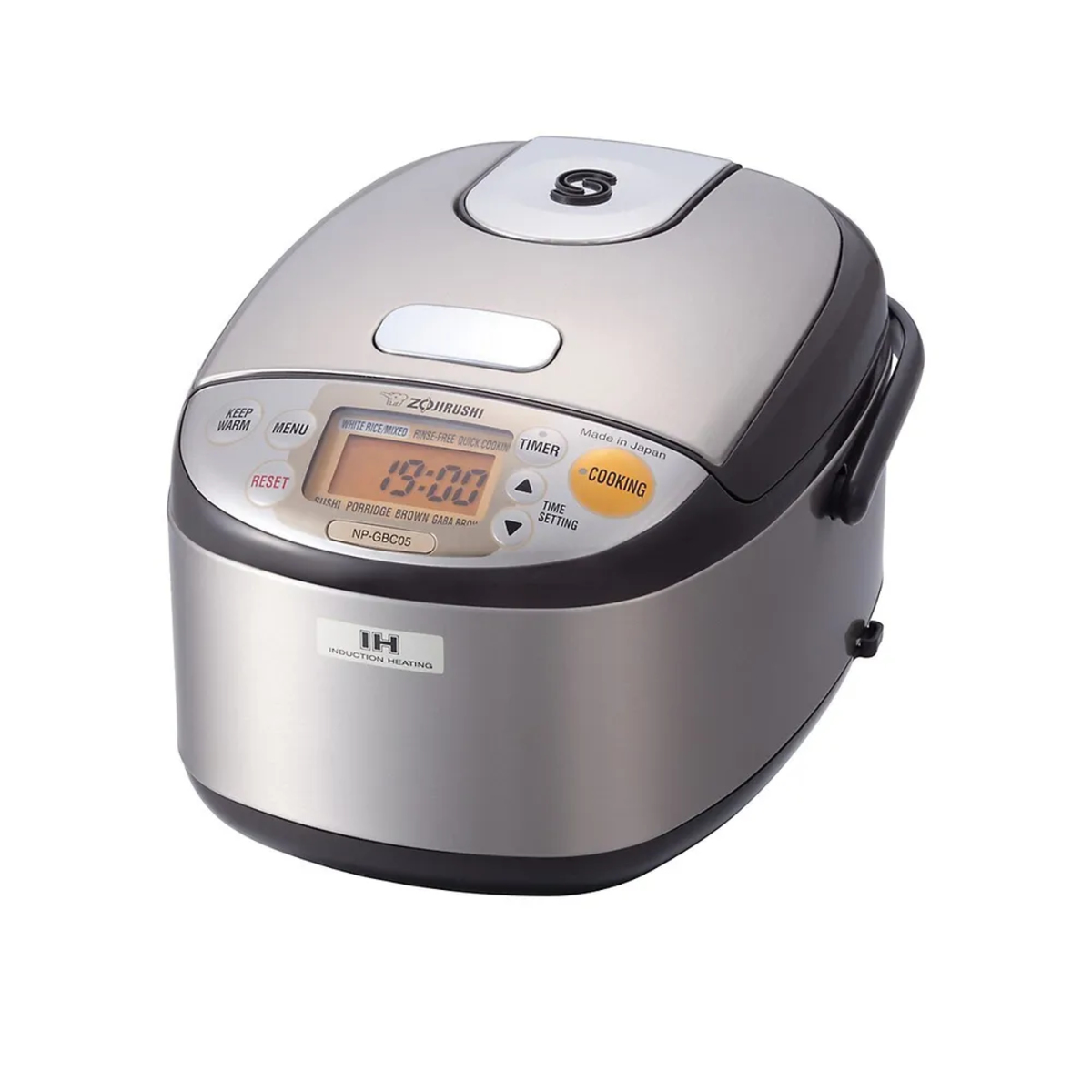
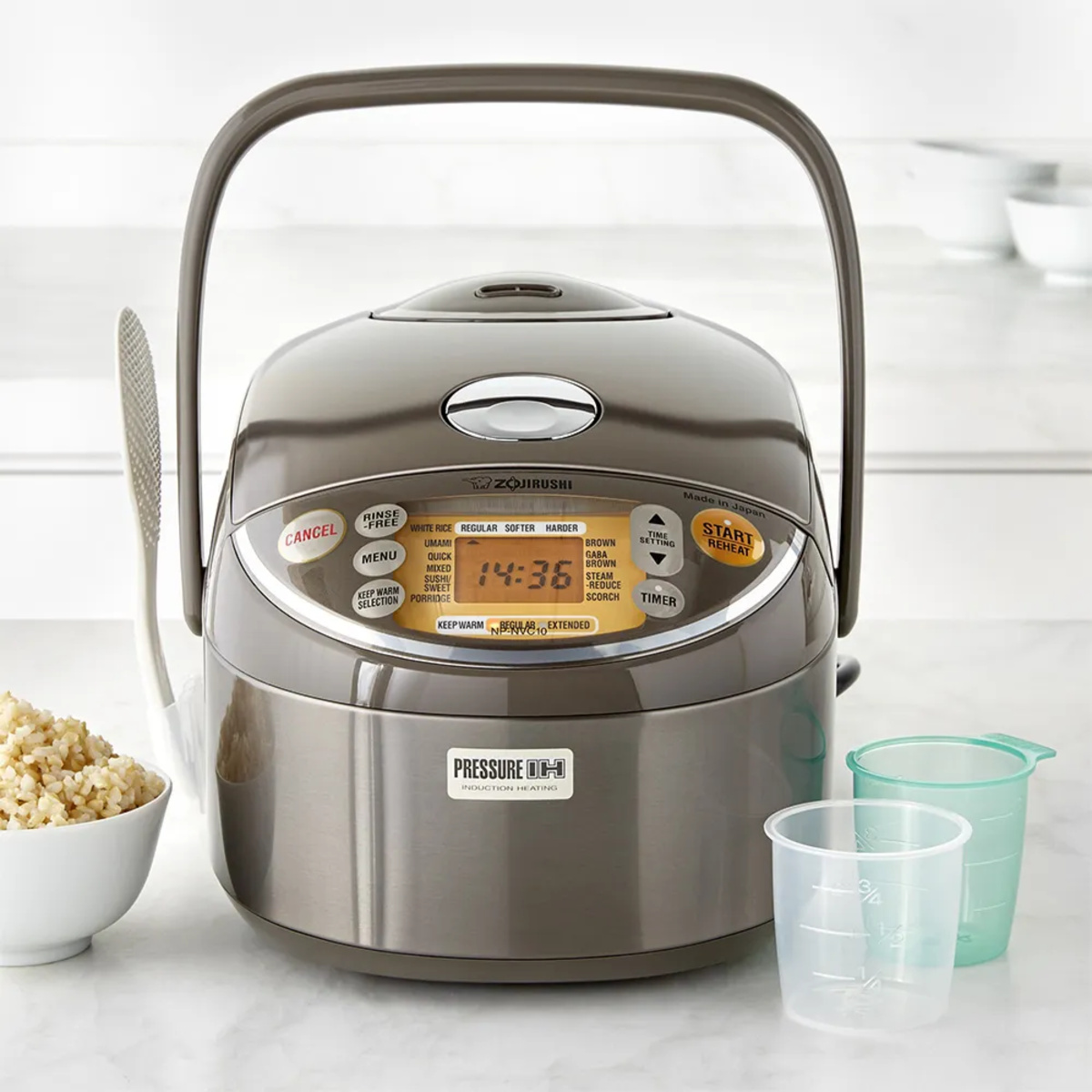
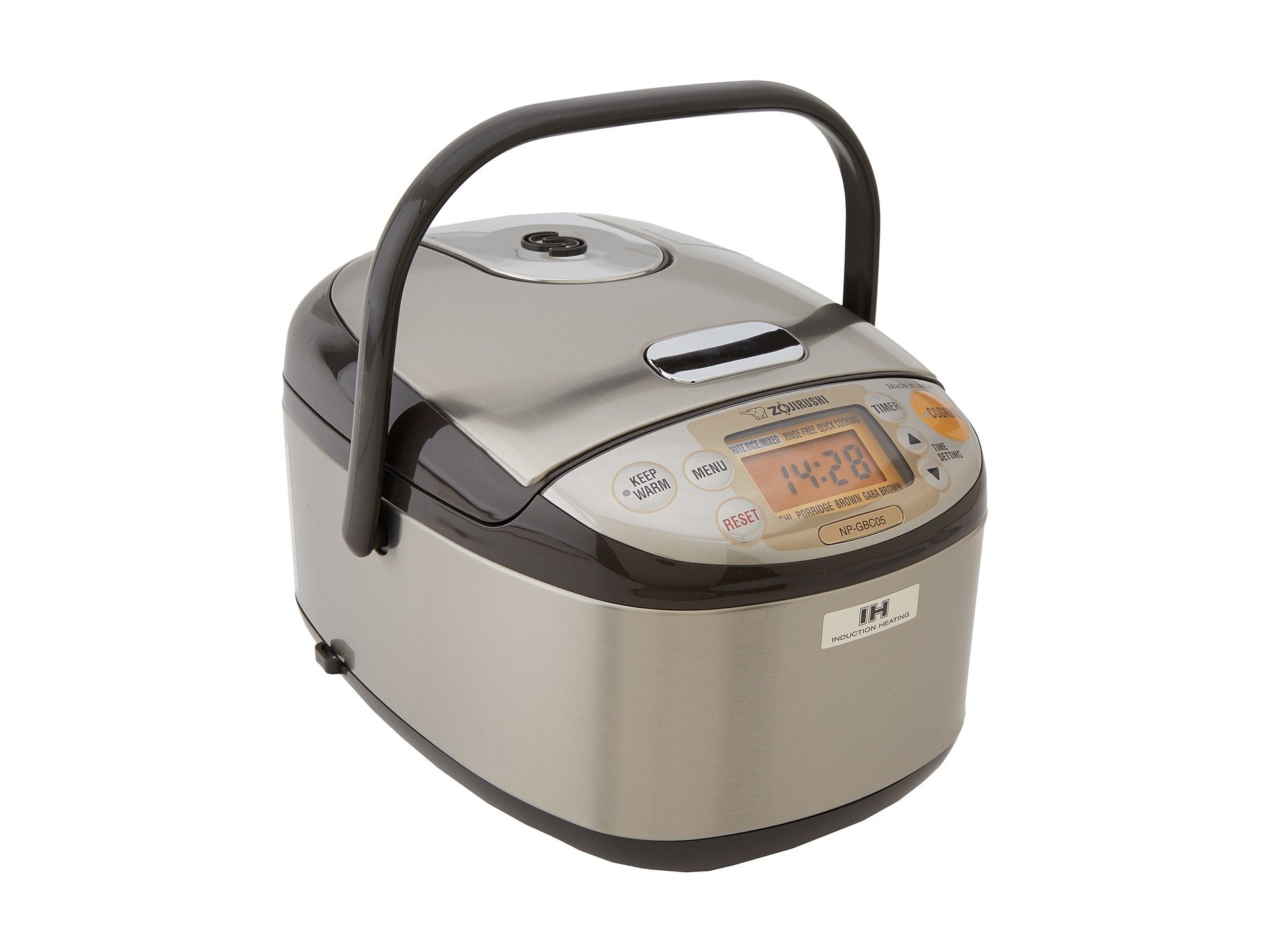
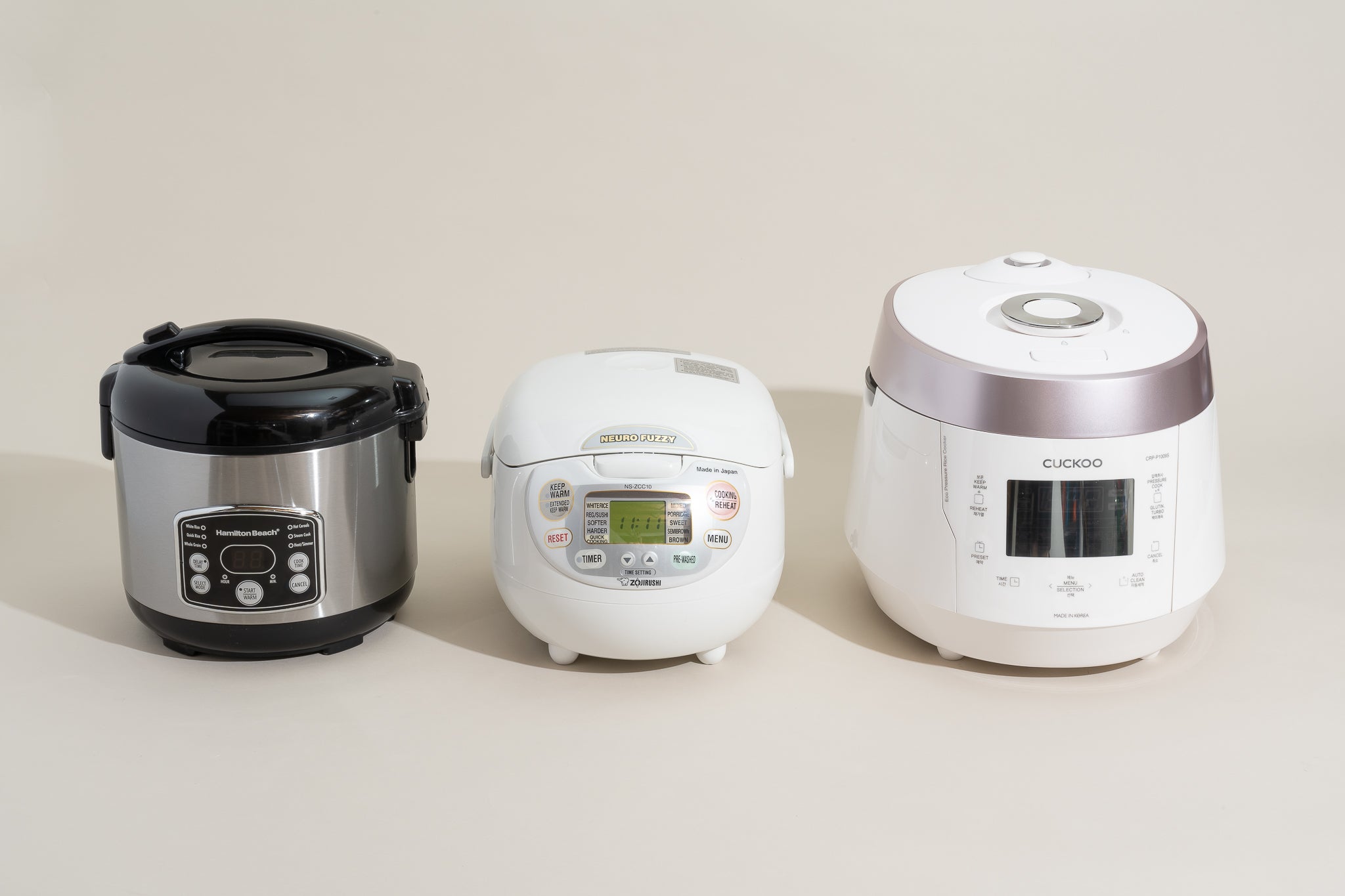
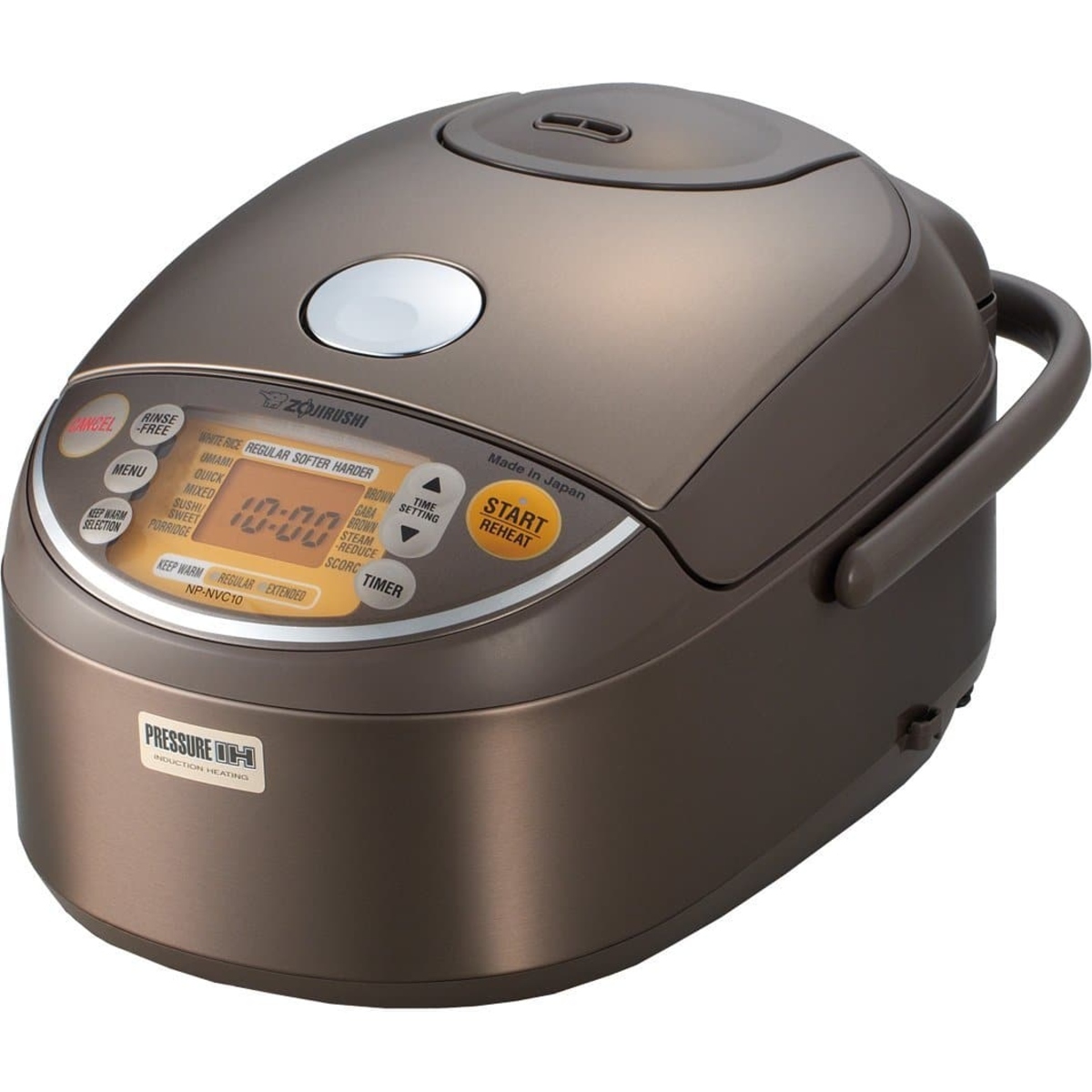
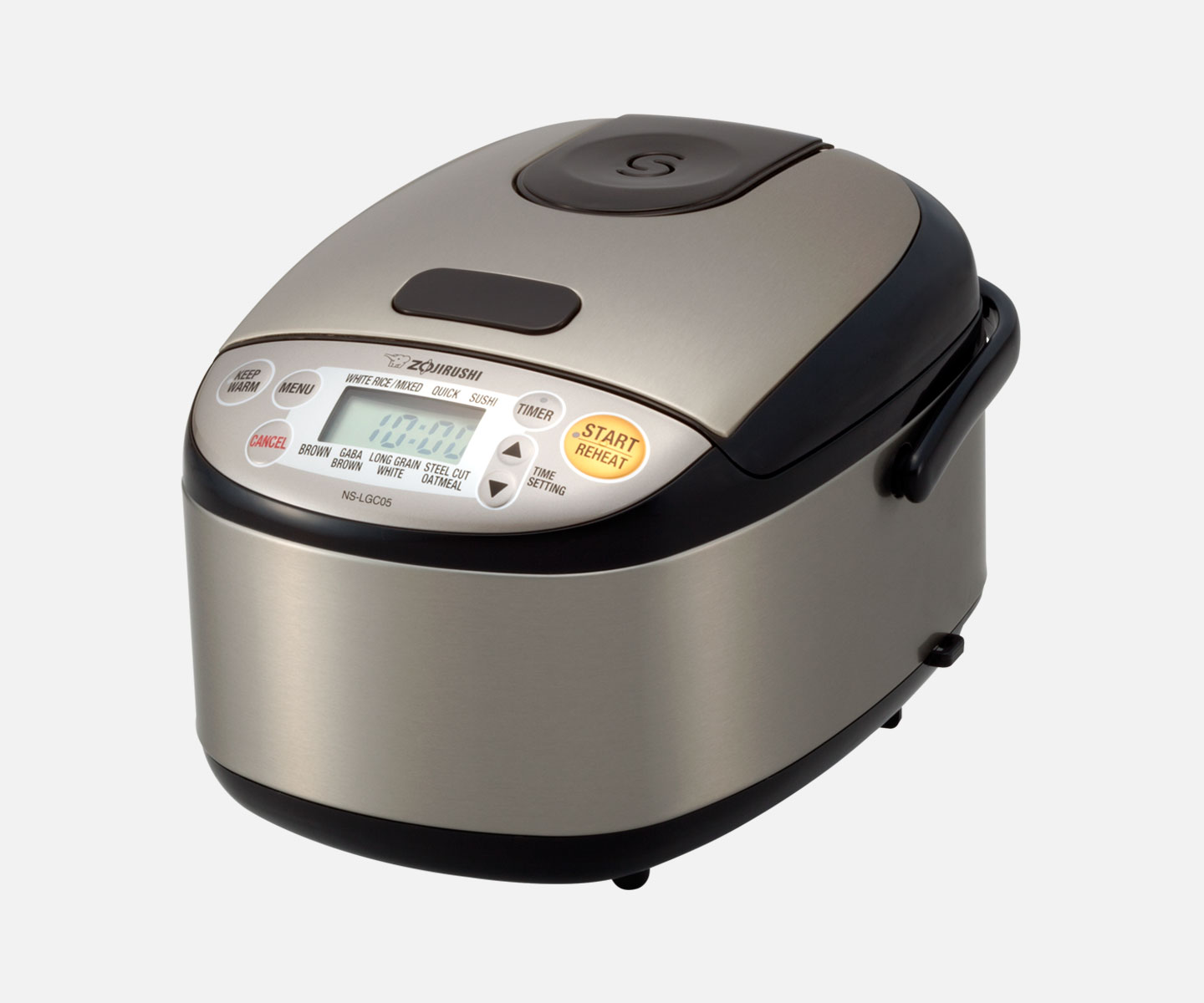
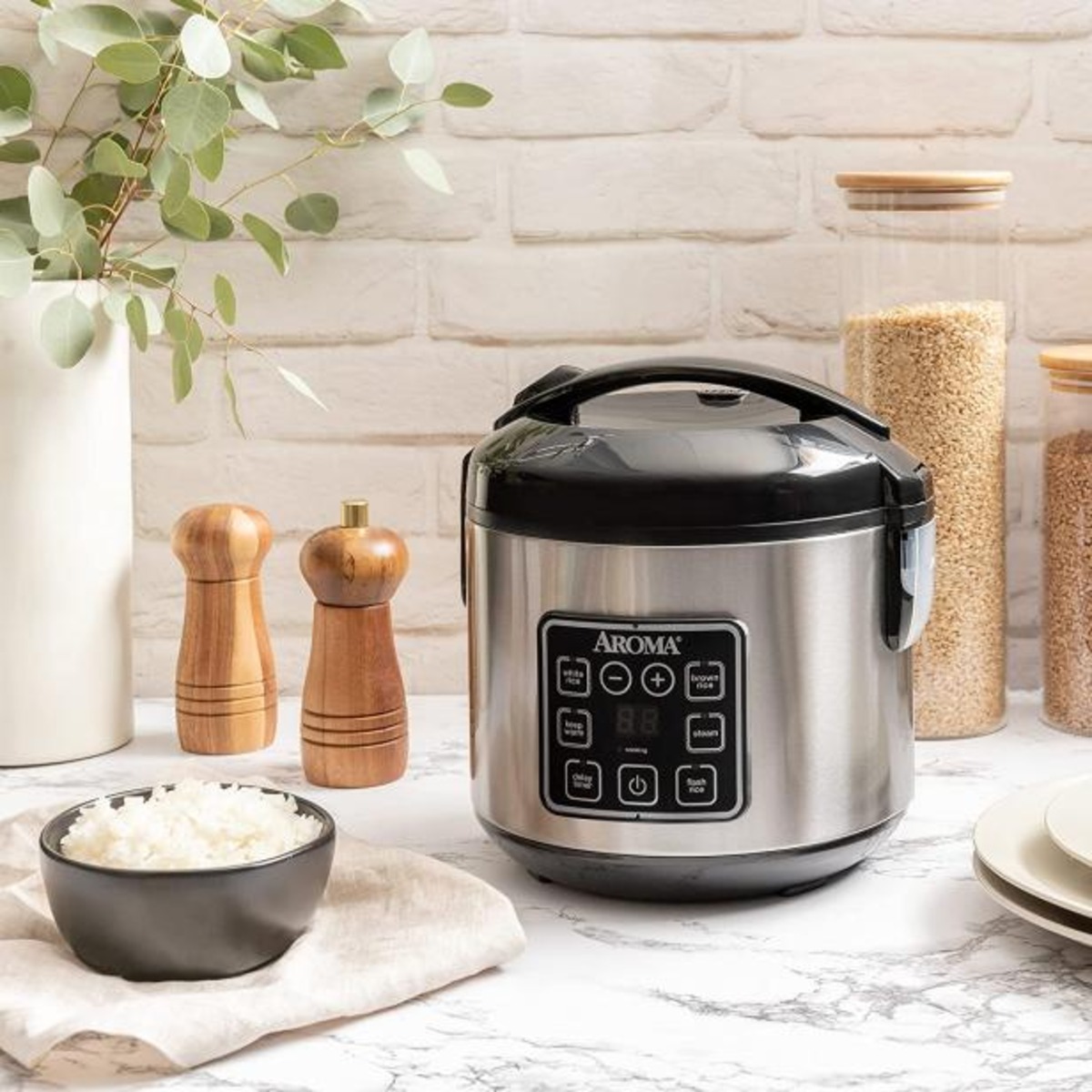
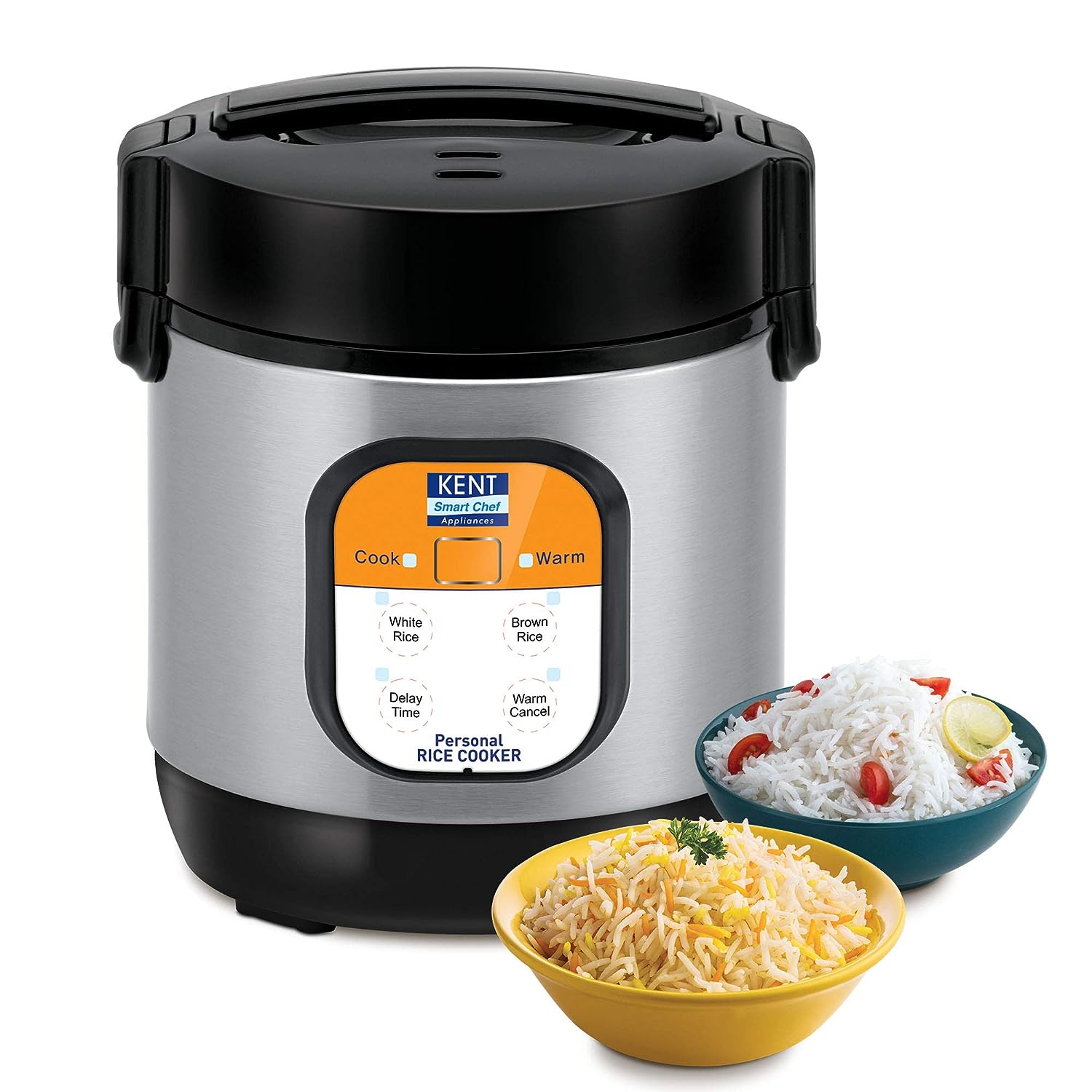
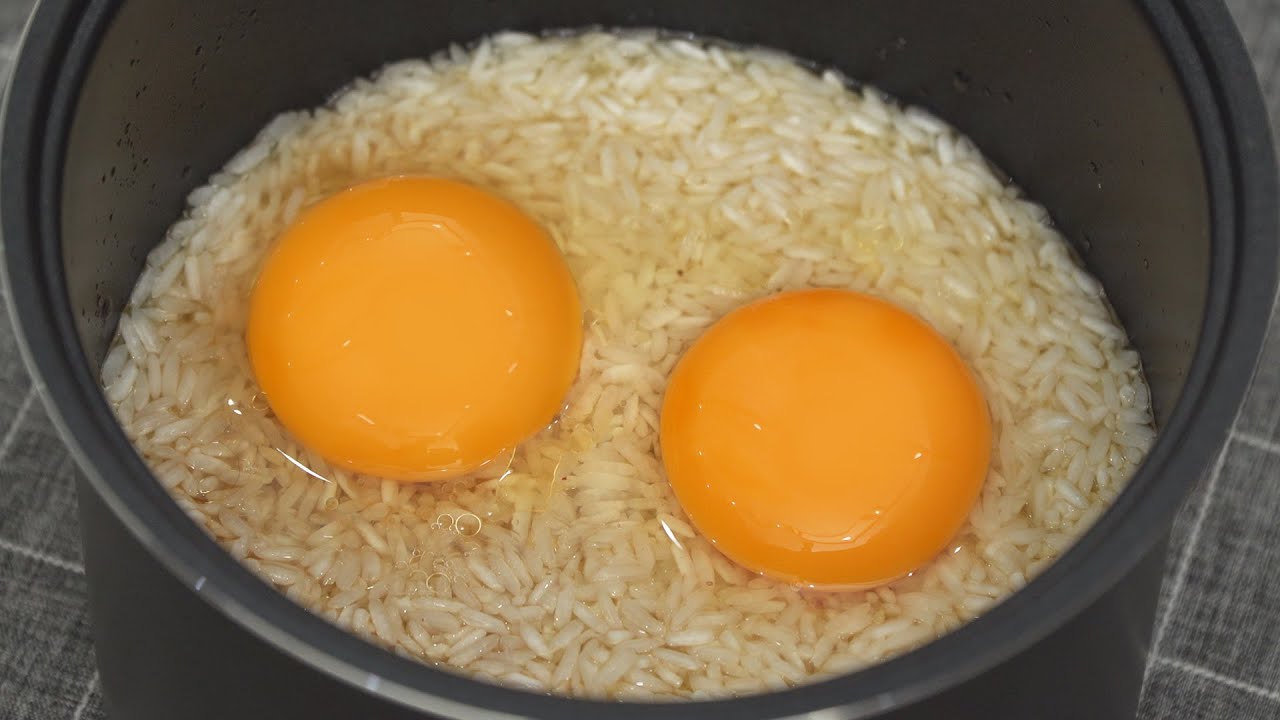
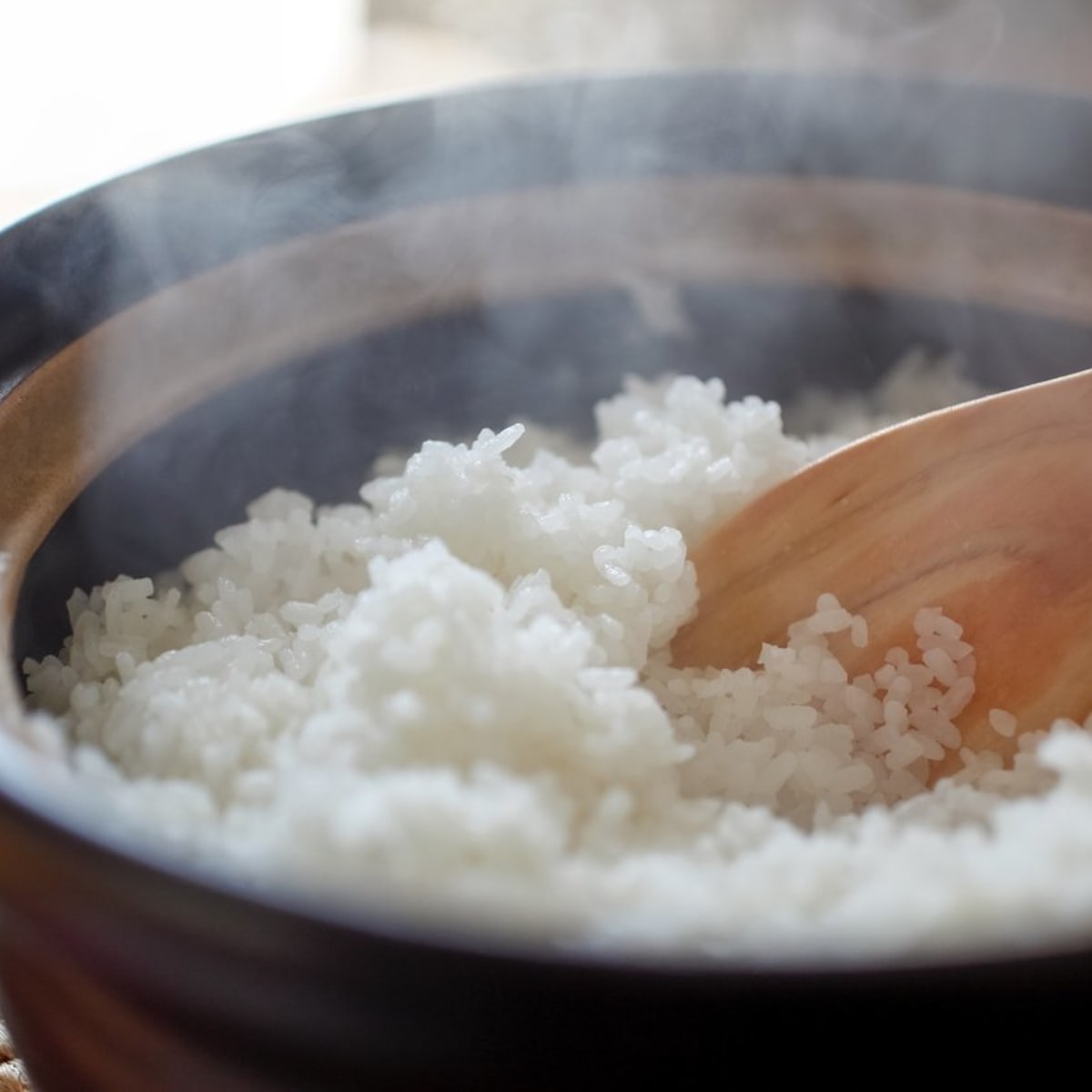
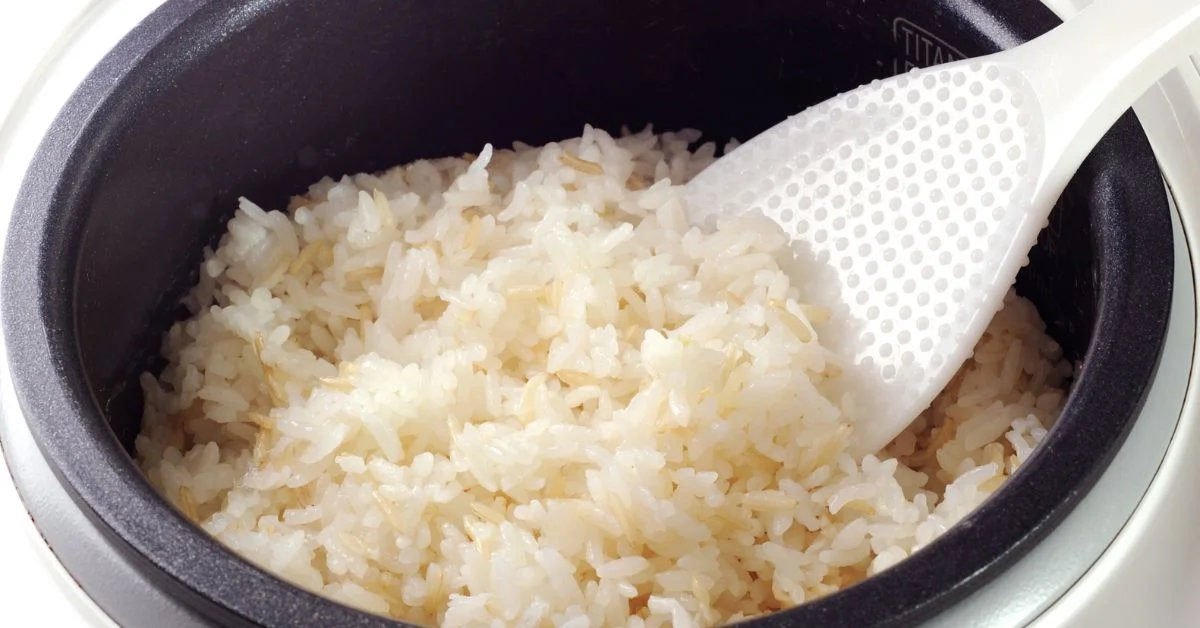
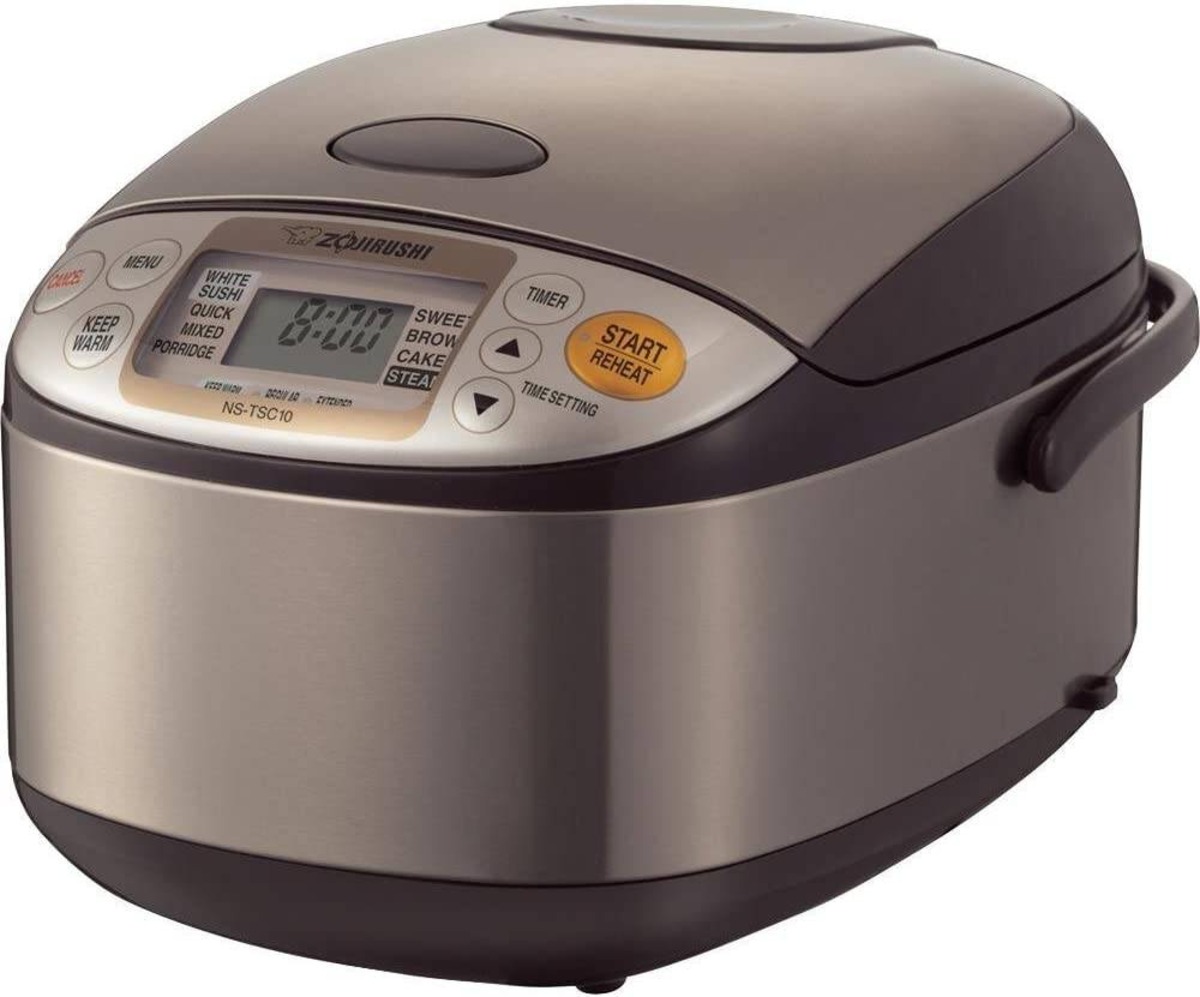
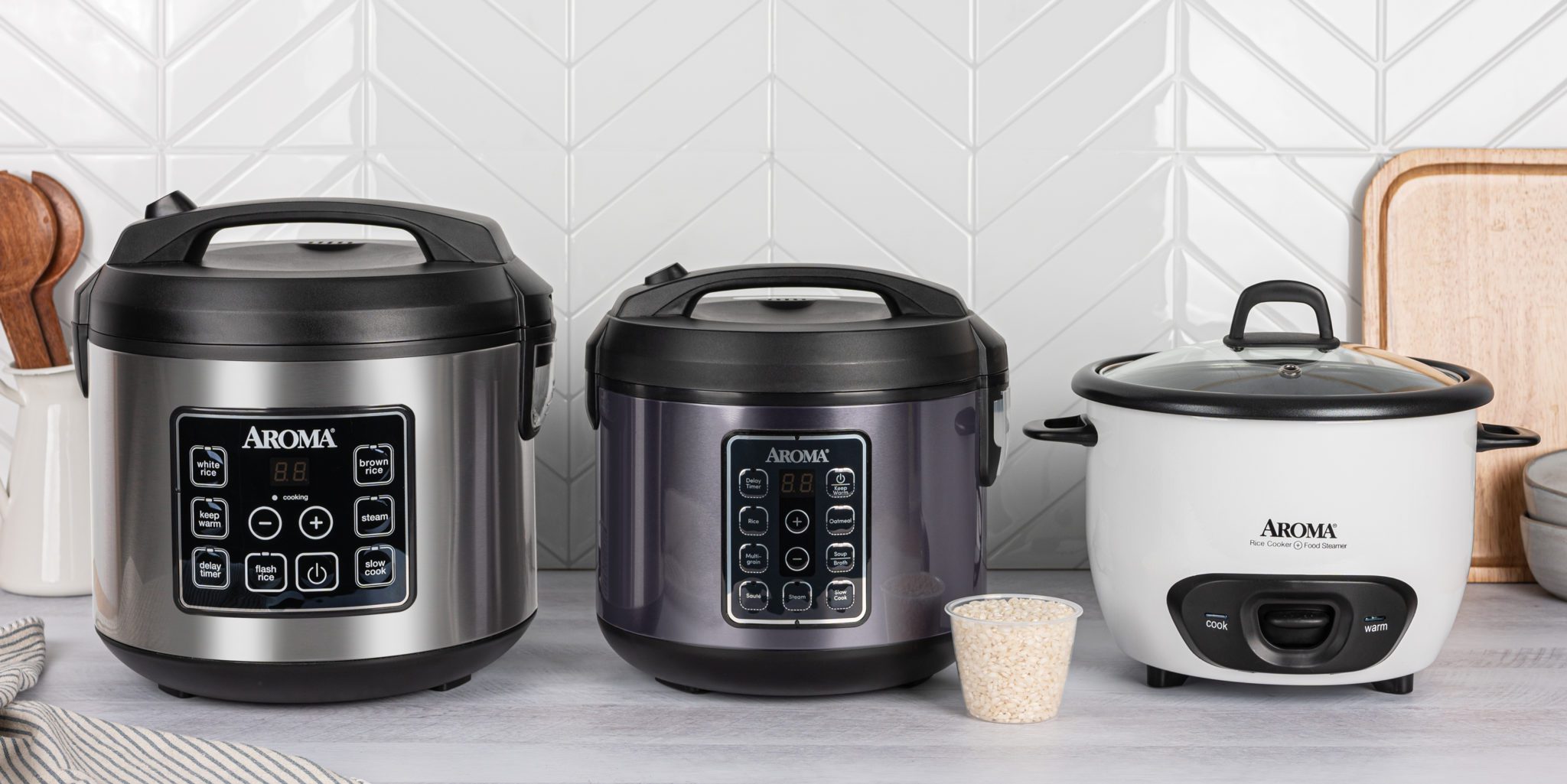
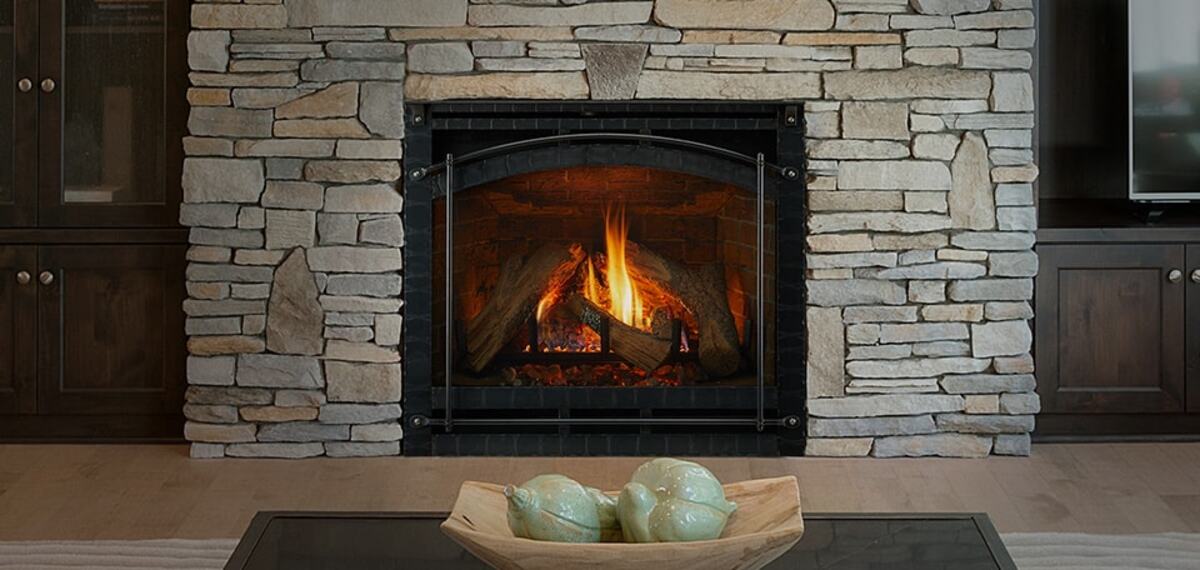

0 thoughts on “What Is Induction Heating Rice Cooker”